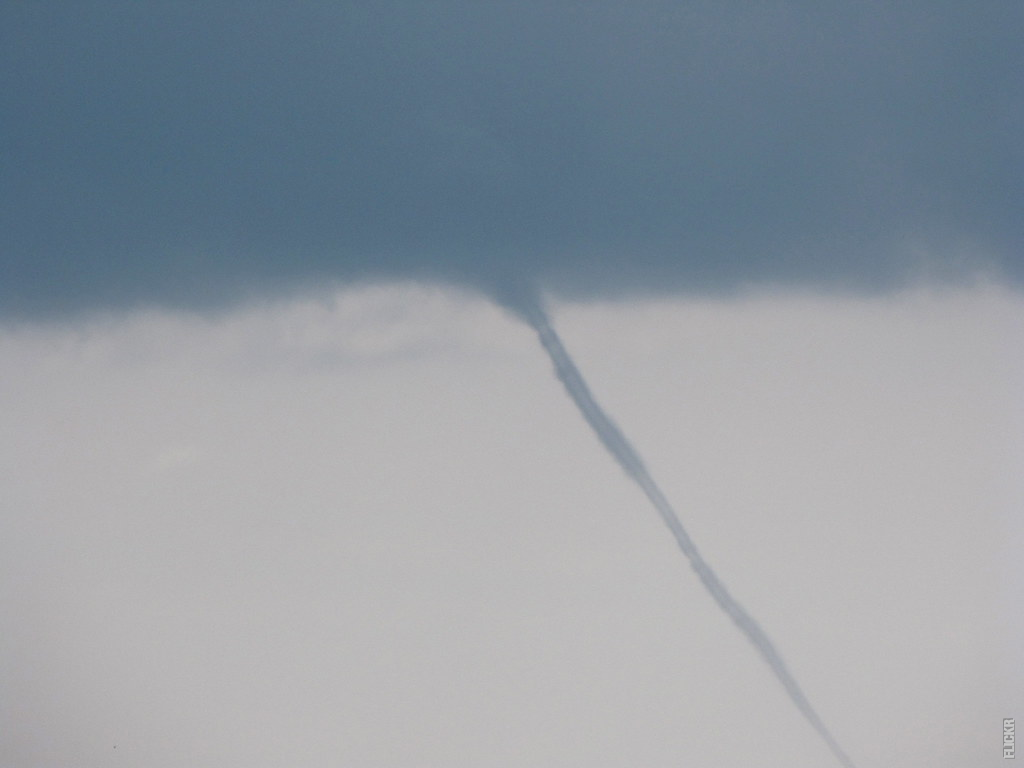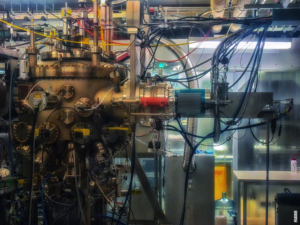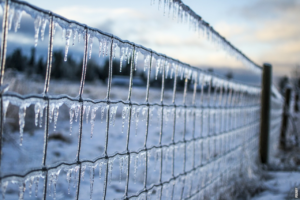The Marvelous Phenomenon of Waterspouts
Waterspouts, a breathtaking display of nature’s power and beauty, have captivated scientists and enthusiasts alike for centuries. These awe-inspiring whirlwinds that form over bodies of water are a fascinating meteorological phenomenon that continues to puzzle researchers. Let’s delve into the intricate process of how waterspouts come into existence.
A Convergence of Atmospheric and Oceanic Forces
Waterspouts typically develop in areas where warm, moist air masses converge with cooler air masses above cooler waters. This collision of contrasting air temperatures and humidity levels sets the stage for the birth of a waterspout.
The Birth of a Waterspout
The formation process begins when the sun heats the surface of the water, causing warm, moist air to rise rapidly. As the warm air ascends, it meets cooler air from above, creating an unstable atmosphere. The rising warm air carries with it moisture evaporating from the water’s surface, forming a towering cumulus cloud.
From Cumulus Clouds to Waterspouts
Within the cumulus cloud, updrafts and downdrafts collide, generating a rotating column of air. As this rotation intensifies, it starts to draw in additional moisture from the water’s surface, fueling the growth of the developing waterspout.
The Waterspout Takes Shape
As the rotating column of air descends from the cloud, it creates a visible funnel that extends towards the water’s surface. The rotation continues to strengthen, and the waterspout takes on its characteristic shape, resembling a tornado over water. The lower end of the funnel, known as the vortex, connects with the water, creating a captivating spectacle.
Post
Post
The Life Cycle of a Waterspout
Waterspouts can persist for various durations, ranging from a few minutes to several hours. They may exhibit different stages during their life cycle, including a formative stage, mature stage, and dissipating stage. During the formative stage, the waterspout gains strength and becomes more visible. In the mature stage, the waterspout reaches its maximum intensity and is at its most impressive. Finally, during the dissipating stage, the waterspout weakens and eventually breaks apart.
Conclusion
The formation of a waterspout is a mesmerizing interplay of atmospheric and oceanic forces. This enchanting phenomenon serves as a reminder of the intricate workings of our planet’s weather systems. As scientists strive to unravel the mysteries of waterspouts, their beauty continues to leave us in awe, showcasing the remarkable power and complexity of nature’s creations.



